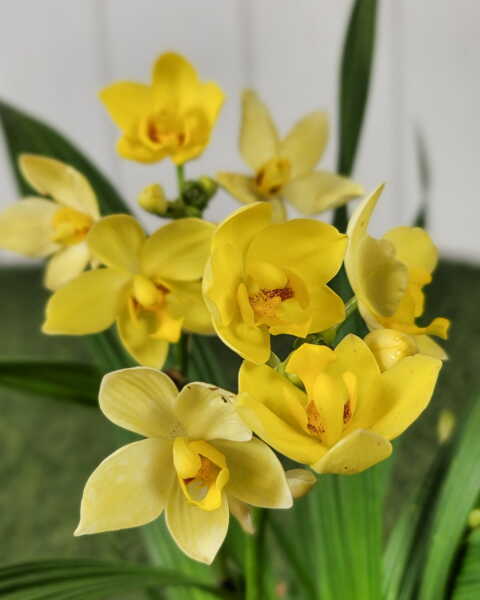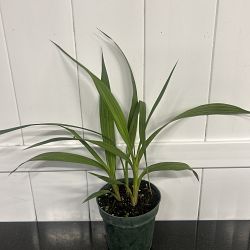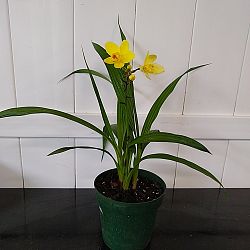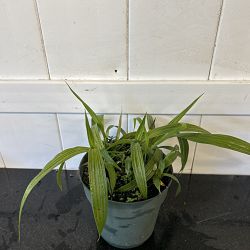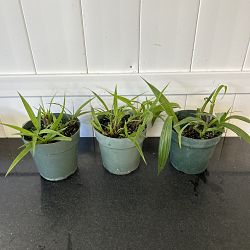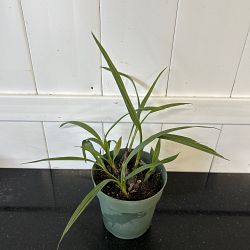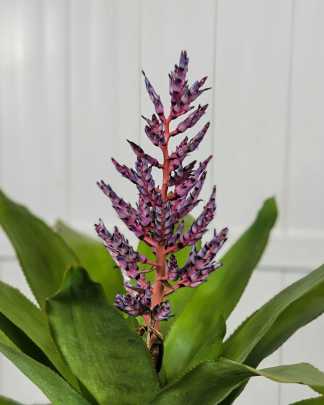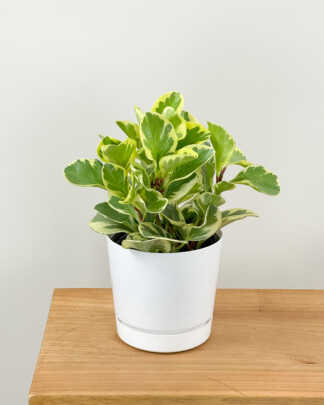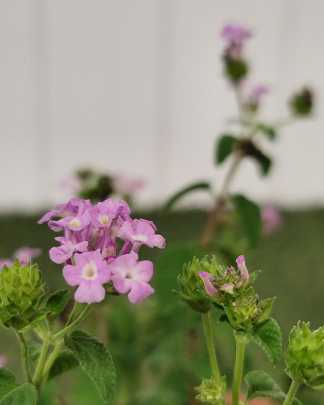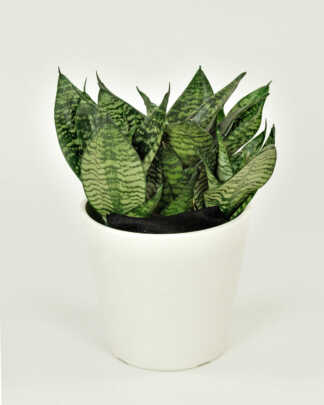Description
Caring for your Ground Orchid
Ground orchids, particularly the popular Spathoglottis plicata, also known as the Philippine Ground Orchid or Yellow Ground Orchid, are terrestrial orchids that thrive in a variety of settings. Known for their vibrant blooms and lush foliage, ground orchids are an excellent choice for both outdoor gardens and indoor containers. These hardy plants are relatively easy to care for and can bring a touch of exotic beauty to any space.
Light
Ground orchids thrive in bright, indirect light. They can tolerate some direct morning sunlight but should be protected from the harsh midday and afternoon sun, which can scorch their leaves. If growing indoors, place your orchid near an east or north-facing window where it can receive filtered light. If the plant is outdoors, ensure it is in a location that receives dappled sunlight or partial shade.
Soil
Unlike epiphytic orchids that grow on trees, ground orchids require a well-draining soil mix. A combination of regular potting soil with added orchid bark, perlite, or sand works well to provide the necessary drainage while retaining some moisture. The soil should be slightly acidic to neutral, with a pH range of 5.5 to 7.0.
Water
Consistent watering is crucial for ground orchids. Keep the soil evenly moist but not waterlogged. Water the plant when the top inch of soil feels dry to the touch. During the growing season (spring and summer), water more frequently to support active growth and flowering. In the dormant period (fall and winter), reduce the frequency of watering, allowing the soil to dry out slightly between waterings.
For container-grown orchids, ensure that excess water can drain away freely. Avoid letting the pot sit in water, as this can lead to root rot.
Fertilizing
Ground orchids benefit from regular feeding during the growing season. Use a balanced, water-soluble fertilizer (such as 20-20-20) every two weeks from spring through summer. Alternatively, a slow-release granular fertilizer can be applied at the beginning of the growing season. Reduce feeding in the fall and winter when the plant is not actively growing. Be careful not to over-fertilize, as excessive nutrients can lead to leaf burn and inhibit flowering.
Pruning and Maintenance
Regular pruning helps maintain the shape and health of ground orchids. Remove spent flowers and yellowing or dead leaves to encourage new growth and prevent disease. After the flowering season, cut back flower spikes to the base to promote future blooming.
For plants growing in the ground, keep the area around the base of the plant free of weeds and debris to improve air circulation and reduce the risk of pests and diseases.
Pest and Disease Control
Ground orchids are generally hardy and resistant to many pests and diseases. However, they can occasionally be affected by common garden pests such as aphids, spider mites, and mealybugs. Regularly inspect the plant for signs of infestation and treat with insecticidal soap or neem oil if necessary.
Fungal diseases such as root rot and leaf spot can occur if the plant is overwatered or if air circulation is poor. To prevent these issues, ensure proper watering practices and maintain good airflow around the plant. If fungal diseases are detected, remove affected parts of the plant and apply a fungicide if necessary.

